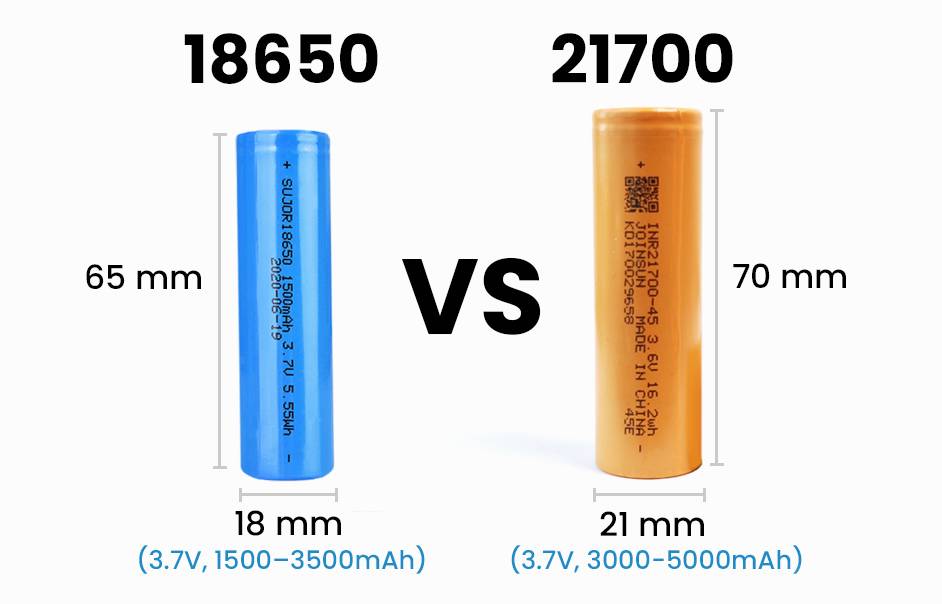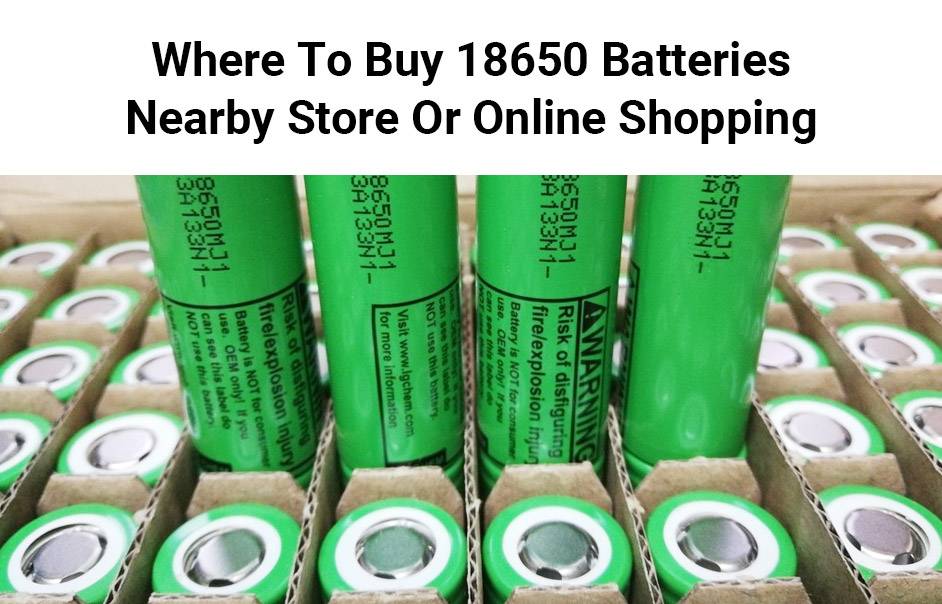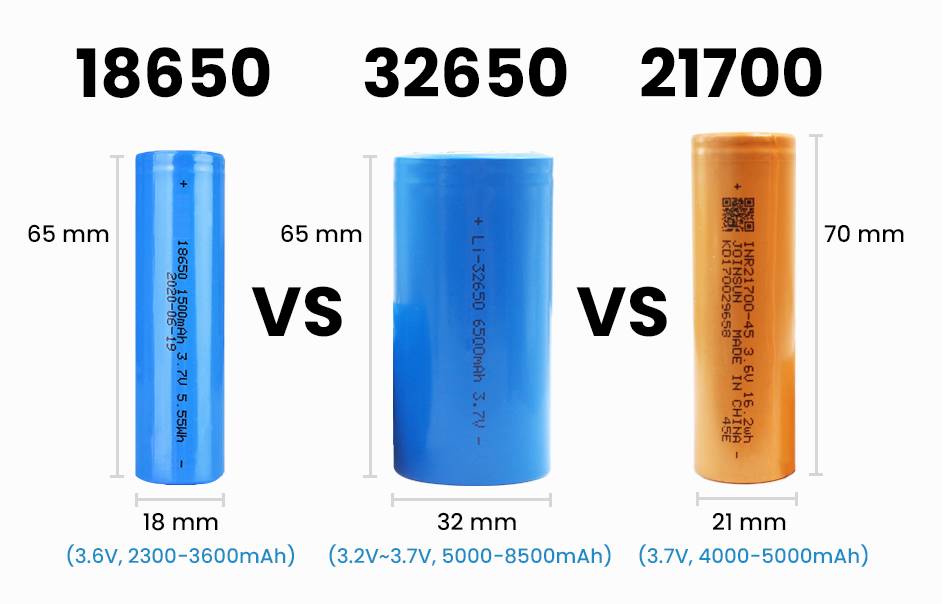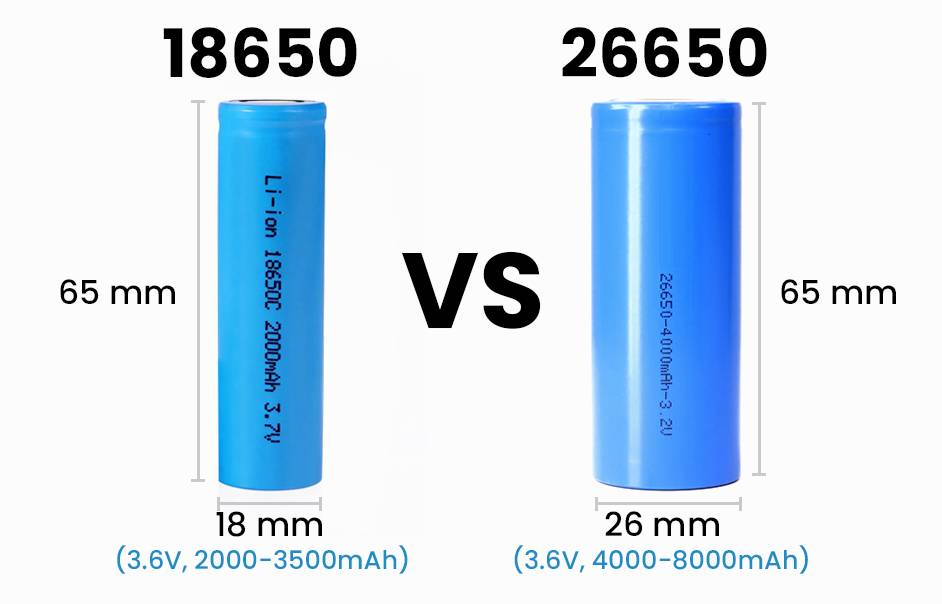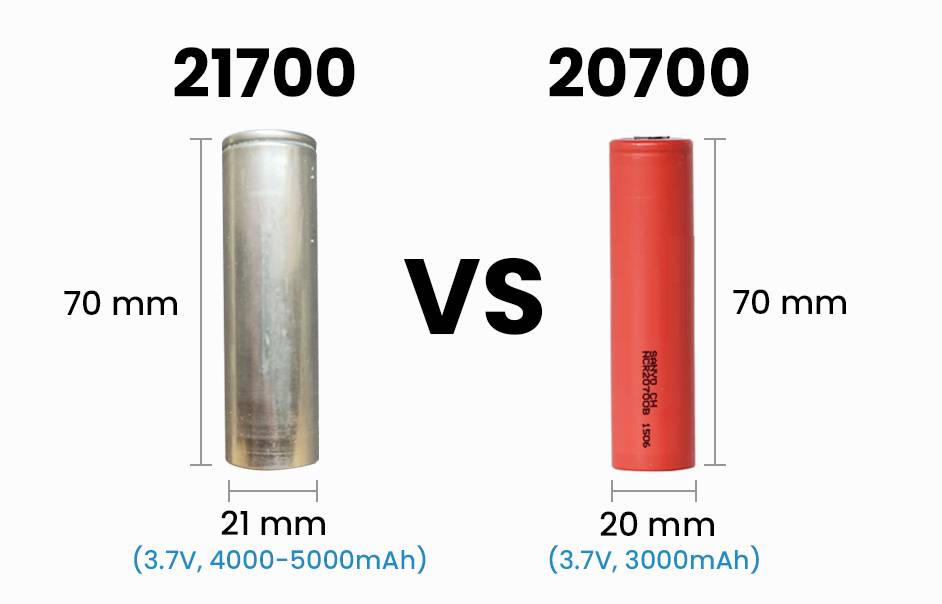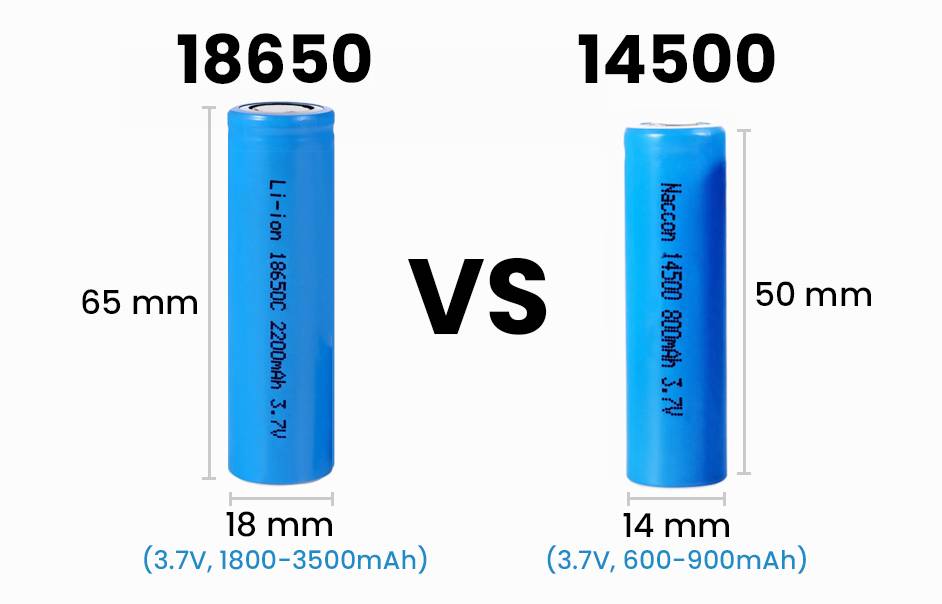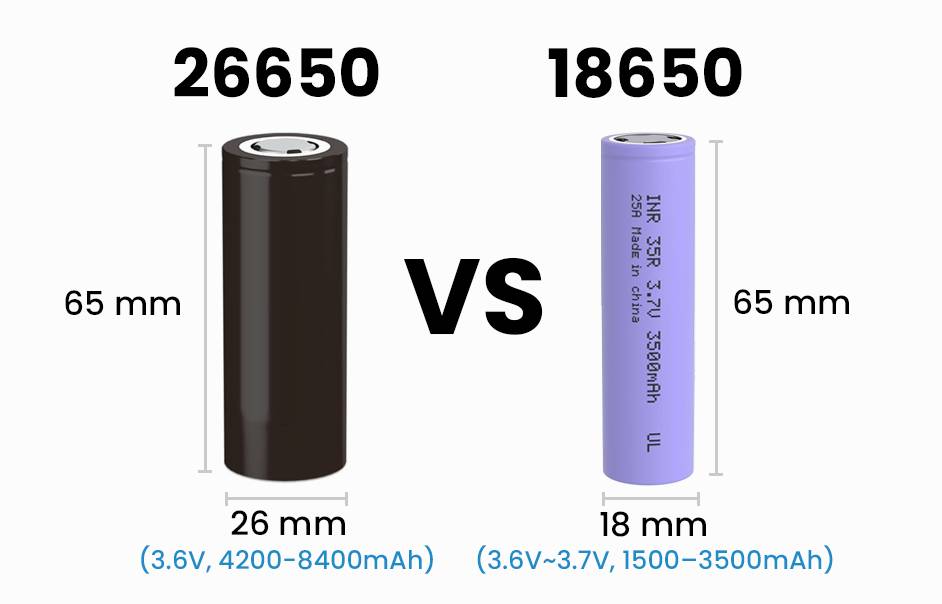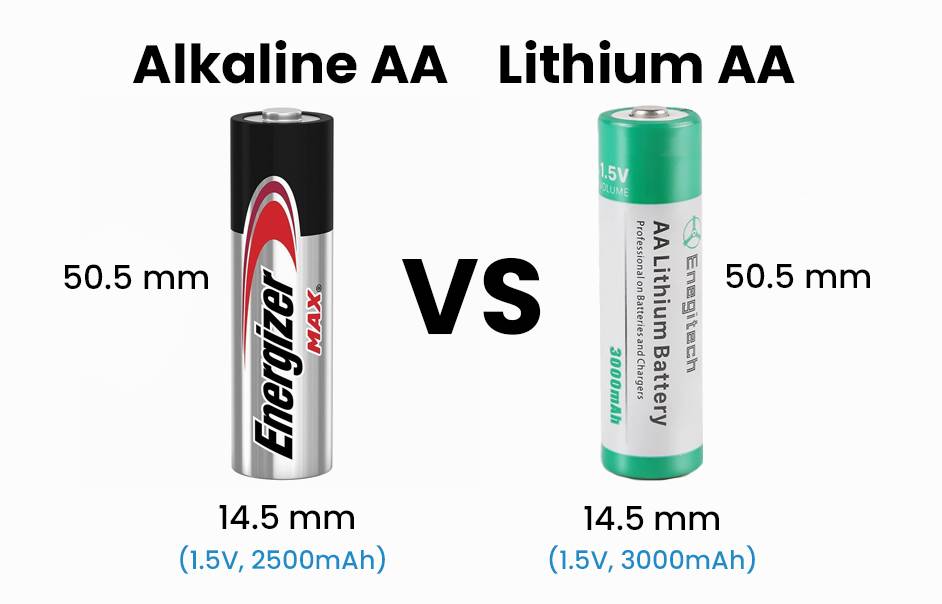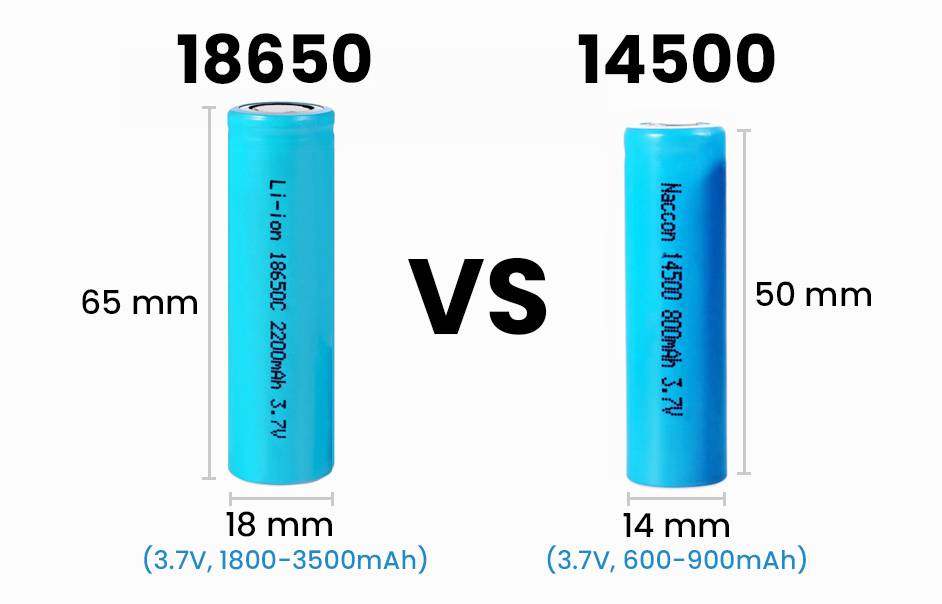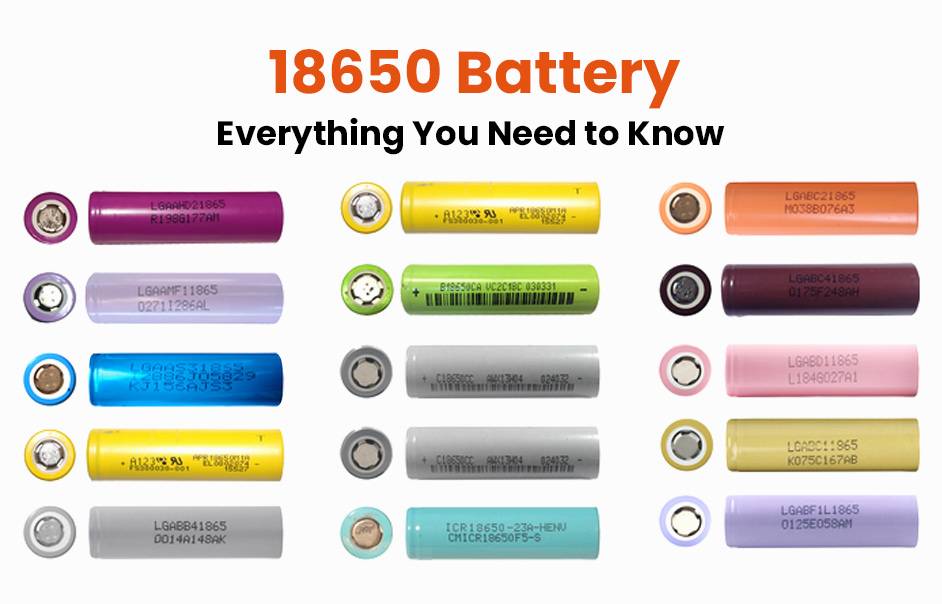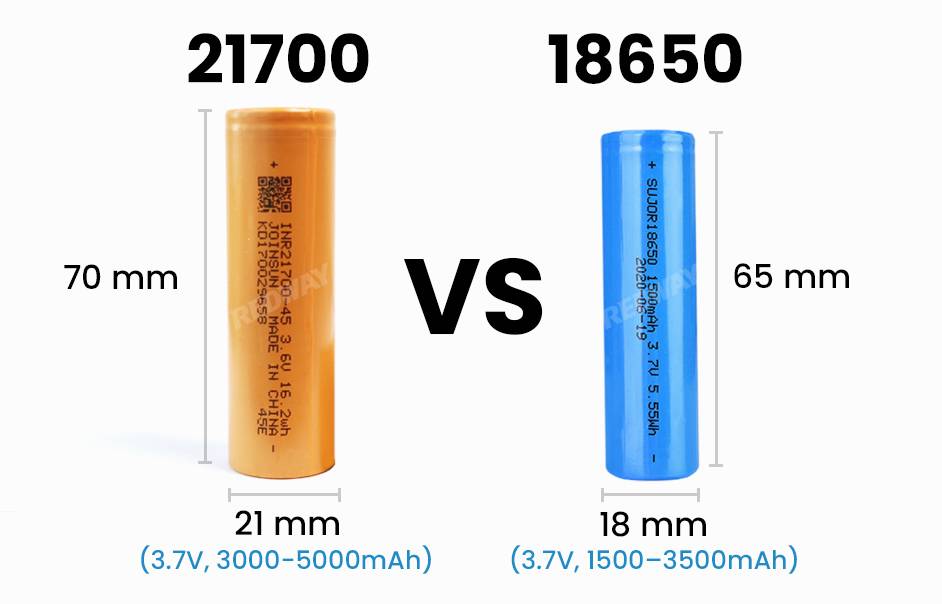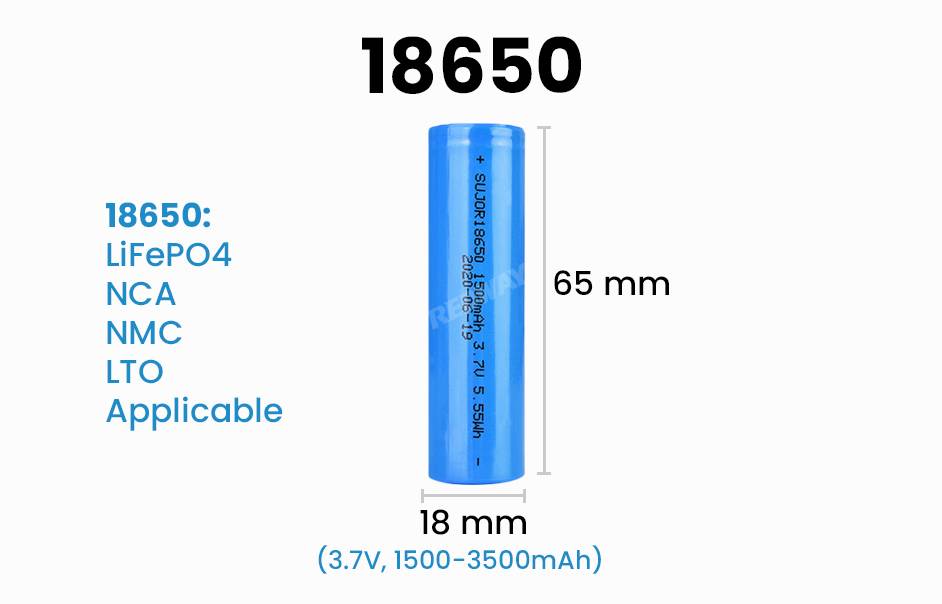Are you familiar with the powerhouses behind your favorite electronic devices? We’re talking about lithium-ion batteries! These compact and efficient energy sources have revolutionized modern technology, providing longer-lasting power for everything from smartphones to electric vehicles. But did you know that not all lithium-ion cells are created equal? In today’s blog post, we’ll explore the differences between two popular types: 18650 and 21700 cells. Get ready to dive into the world of battery technology and discover which one is right for your charging needs!
What are 18650 and 21700 cells?
Lithium-ion batteries are vital for various electronic devices, and two prevalent types are the 18650 and 21700 cells. These designations correspond to the dimensions of the cylindrical cells, influencing their performance and applications.
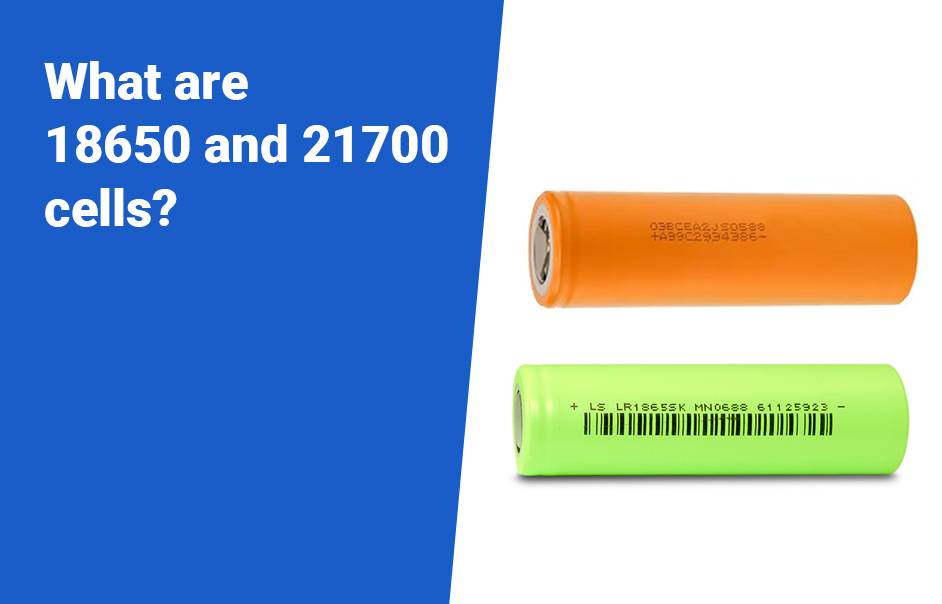
1. Size Matters:
- 18650: Diameter of 18mm and length of 65mm.
- 21700: Larger, with a diameter of 21mm and length of 70mm.
- Physically distinguishable, the 21700 appears more robust due to its size.
2. Capacity and Performance:
- 18650: Smaller but suitable for compact devices.
- 21700: Larger, offering higher capacity and longer run times.
- Performance influenced by factors beyond size, including chemistry and manufacturing quality.
3. Application Specifics:
- 18650: Ideal for portable electronics with limited space.
- 21700: Suited for high-power output and extended battery life, crucial in electric vehicles and demanding tools.
4. Considerations:
- Both have advantages and disadvantages based on specific requirements.
- Device performance not solely determined by size; chemistry and manufacturing quality play crucial roles.
Physical differences between the two
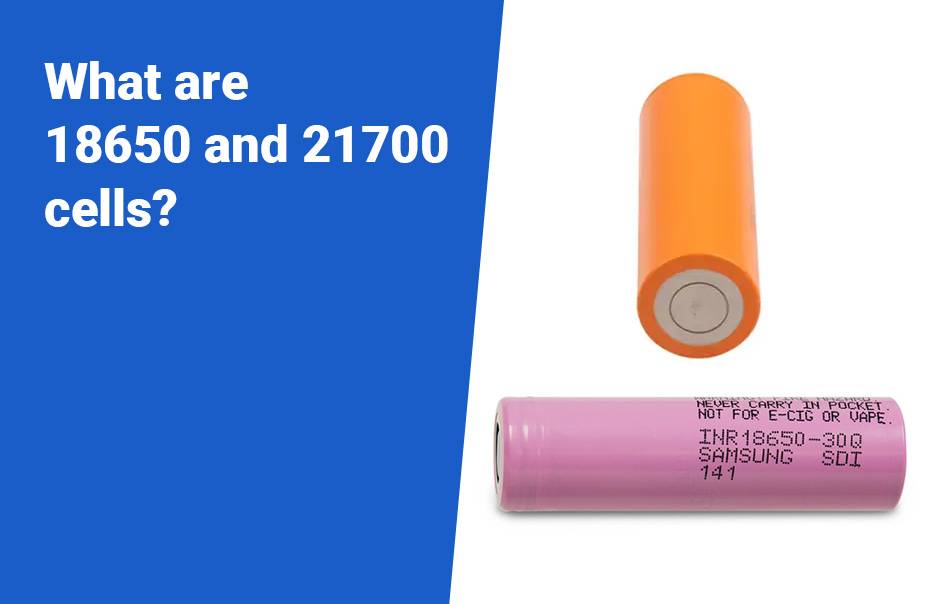
Capacity and performance comparison
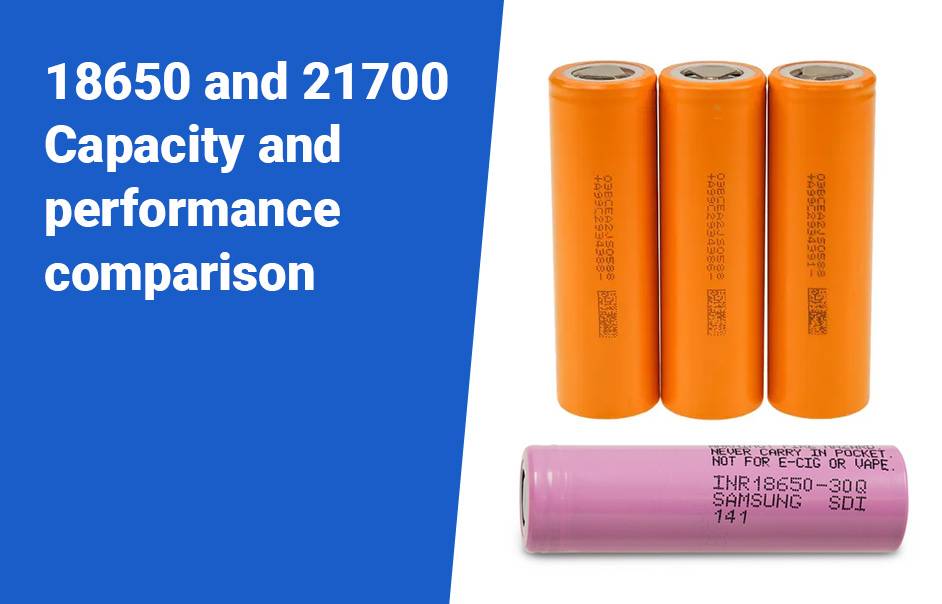
Advantages and disadvantages of each type
18650 Cells:
- Advantages:
- Proven reliability and efficiency with years of widespread use.
- Compact size, ideal for devices with space constraints.
- Readily available in the market, ensuring easy replacement.
- Disadvantages:
- Lower capacity compared to 21700 cells.
- May not provide as long-lasting power for certain high-demand applications.
21700 Cells:
- Advantages:
- Larger capacity, storing more energy for extended device usage.
- Better heat dissipation capabilities, contributing to improved overall performance.
- Disadvantages:
- Larger size may limit compatibility with devices designed for 18650 cells.
- Typically comes at a higher cost compared to 18650 cells.
Consideration Factors:
- Compatibility: 18650 cells fit into a wide range of devices; 21700 may not fit in those designed for 18650s.
- Cost: Generally, 18650 cells tend to be more budget-friendly.
- Capacity Demands: Choose based on the energy storage needs of your specific applications.
- Device Compatibility: Assess whether your device can accommodate the larger size of 21700 cells.
Common uses for 18650 and 21700 cells
- Portable Electronics:
- 18650: Ideal for compact devices like flashlights and handheld gaming devices.
- 21700: Suited for high-power consuming electronics like laptops and tablets.
- Electric Vehicles (EVs):
- Both cell types crucial for efficient energy storage in EVs.
- Higher energy density enables longer travel distances on a single charge.
- Power Tools:
- Widely used in cordless drills, saws, and other power tools.
- Reliable and long-lasting battery life for both 18650 and 21700 cells.
- Energy Storage Systems:
- Key components in energy storage solutions for renewable sources like solar panels.
- Efficiently store large amounts of energy for uninterrupted power supply.
- Medical Devices:
- Essential for powering portable medical equipment such as patient monitors and infusion pumps.
- Compact size and high-capacity capabilities make both cell types ideal for critical healthcare devices.
From everyday consumer electronics to industrial and medical applications, the versatility of 18650 and 21700 cells ensures their widespread use across various sectors requiring reliable portable power solutions.
Choosing the right cell for your needs

